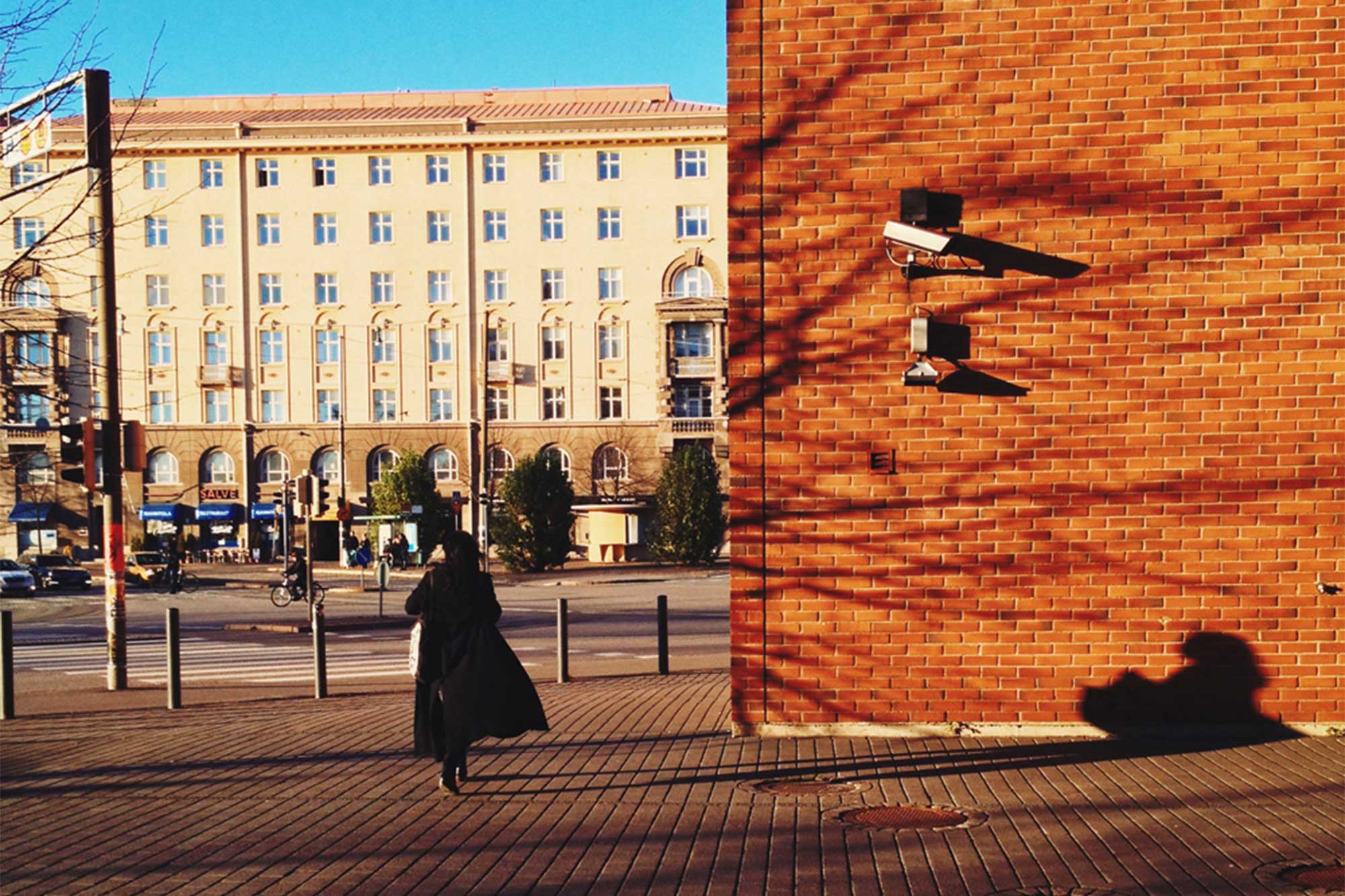Digital government grant system ensures transparency into billions of euros

The State Treasury and Solita built a digital government grant system that increases transparency and efficiency of operations and harmonises the application, processing, payment and reporting practices of more than 70 government grant authorities.
Our goal is efficient, effective and transparent government grant operations, and the information system is the most important tool for this. The societal significance of the project is therefore immense.

Mari Näätsaari Head of Government Grants Department, Valtiokonttori
-
Transparency of government grant operations is significantly improved
-
Information on all grants applied for and awarded (3–4 billion € annually) is publicly available in the tutkiavustuksia.fi web service
-
A single view and channel for all government grant applications was implemented for grant applicants
-
The authorities’ operating models will be harmonised and brought within the scope of the same information system solution
-
Old information systems can be abandoned and significant cost savings can be achieved
State Treasury is an agency under the administration of the Ministry of Finance, and it manages state funds and liabilities. One of its tasks is to produce shared government grant services for government grant authorities and applicants, as well as to compile information on government grant activities in a shared data repository. The cooperation between Solita and State Treasury began in the autumn of 2020 with a system project that was part of a government grant operations development and digitalisation project led by the Ministry of Finance. The first phase for government grant applications was conducted in the new system in autumn 2021, after which the deployment of the system has continued in stages.
The goal was to make sure that all the functions and information related to the grant process can be found in one place. In the past, more than 70 different government grant agencies had their own tools and operating models, and the actual scope of the grant activities was unclear. The estimated annual amount of grants awarded is 3–4 billion euros.
It has previously been impossible to monitor government grant operations as a whole. And it was challenging for grant applicants to see the overall picture of the grants that could be applied for, because the government grant authorities lacked a common channel, which in turn was due to the lack of a common information system solution and operating models. In addition, the authorities have separate information system solutions that cause high maintenance costs.
Now all the information has been imported into the same data repository, making the whole easy to manage.
The system provides very detailed information and has an exceptional level of transparency.

Petri Aavaluoto Senior Project Lead, Solita
The system directs government grant authorities to move towards similar operating models.

“ For the first time, we can see in a single place where the billions euros of government grants are allocated, with the information collected in one repository. This provides us with important information to support decision-making. The overall picture was previously missing. Now we have it at our disposal.

Mari Näätsaari Head of Government Grants Department, Valtiokonttori
Harmonising processes as the main theme
The continuous delivery model was introduced in the project in the early stages. In the context of central government, this is very exceptional. The main idea has been to harmonise the processes as far as possible and only then build the system.
“This is exactly how information systems should be built. We’ve also received good feedback from external stakeholders. The State Treasury has facilitated the implementation of a solution that is both technically high-quality and compliant with best practices. Technically, the continuous delivery model has been a well-working solution, and we highly recommend using the lessons learned in the project in other central government information system projects,” says Aavaluoto from Solita.
Seamless system for grants
A uniform system makes applying for and granting government grants smoother than before. It is possible to develop and harmonise government grant practices with grant authorities, as well as with applicants and recipients of grants. It is also a question of significant cost savings when one and the same entity is responsible for the whole.
Millions of paper sheets have been saved, and hundreds of Excel files have been replaced. Most government grant authorities have had their own system for managing applications and grants, another system for handling requests for statements, and a third system for payments. Now, there is only one system.

Mikko Huilaja Software Architect, Solita
Increased transparency is essential. In the past, the state didn’t have precise information on the amount of grants that were awarded. It will also be easier to monitor issues related to legislation. The total number of applicants and recipients of grants is 10.000+ per year.
- 1 new single system
- 4 billions in grants annually
- 70+ government grant agencies
- 10.000+ grant applicants and recipients
“The authorities’ operating models have been quite diverse, and the operations haven’t always met the relevant legal requirements. Now the tracking will be easier as the operating models become more consistent and transparent,” says Huilaja from Solita.
The implementation will significantly ease the lives of grant applicants, including communities, businesses, and individuals, as all aspects of the application process will be accessible through a single service.

Mataleena Pöyhtäri Senior Product Designer, Solita
Successful collaborative work on information systems
The government grant process is essentially simple but includes a large amount of detail and authority-specific regulations that may cause challenges in the information system development. Implementing government grant operations and central government finances into the information system is a challenging and complex task.
Everything from DevOps to infrastructure is built on Microsoft Azure cloud platform. The operational system runs on top of Azure’s native platform services. Most of the software code is .NET technology, which makes it easier to operate and manage it thanks to a unified Microsoft solution.
Coordinating the operating models is difficult and time-consuming, but we were able to solve the challenges together with Solita.

Mari Näätsaari Head of Government Grants Department, Valtiokonttori
Strategic goals will be achieved
Some of the project’s strategic goals have already been achieved, and the rest have also progressed well. The collection of data has increased openness and transparency.
“We’ve also made progress with our efficiency targets. We are moving in the right direction all the time. From the management and analysis point of view, this is a really important project that enables the appropriate allocation of state funds,” Näätsaari from State Treasury sums up.
-

Mikko Varjos Director, Public Business, Solita
[email protected] +358 50 3865 218
More of our work
-
 Kela – The Social Insurance Institution of Finland Significant opportunities for Kela through AIOur goal is for AI to improve daily lives in Finland as much as possible. This is an incredibly strategic partnership, which will have a significant effect on peoples’ lives.
Kela – The Social Insurance Institution of Finland Significant opportunities for Kela through AIOur goal is for AI to improve daily lives in Finland as much as possible. This is an incredibly strategic partnership, which will have a significant effect on peoples’ lives. -
 CSC Future of education – New Opin.fi serviceThe new Opin.fi service brings together the open course offerings of all universities, making them accessible to everyone.
CSC Future of education – New Opin.fi serviceThe new Opin.fi service brings together the open course offerings of all universities, making them accessible to everyone. -
 Miljøstyrelsen – the Danish Environmental Protection Agency Development and management of the waste data systemWe are helping the Danish Environmental Protection Agency to develop the Waste Data System, a national database used to register waste data for around 15 million tons of waste annually.
Miljøstyrelsen – the Danish Environmental Protection Agency Development and management of the waste data systemWe are helping the Danish Environmental Protection Agency to develop the Waste Data System, a national database used to register waste data for around 15 million tons of waste annually.